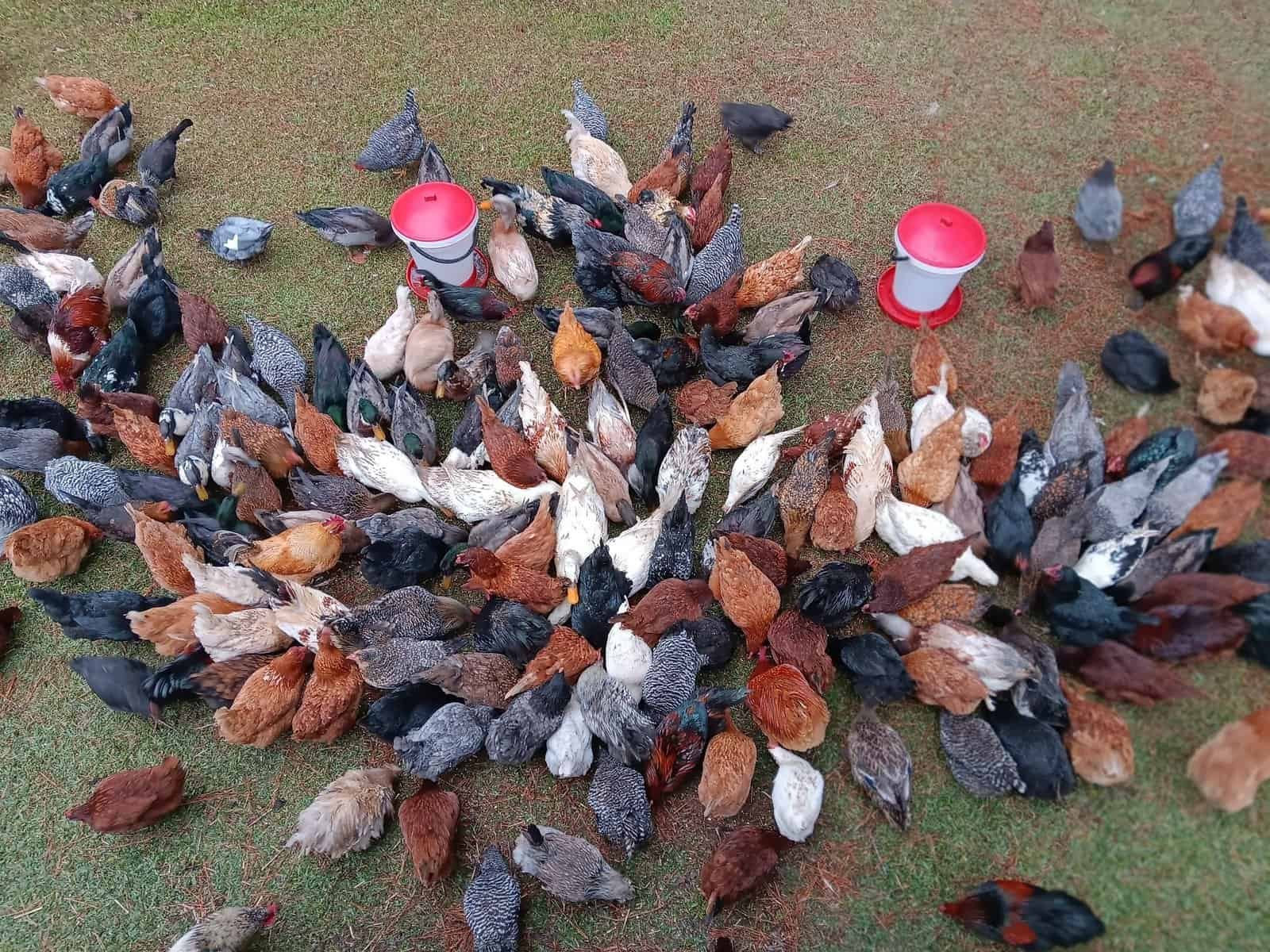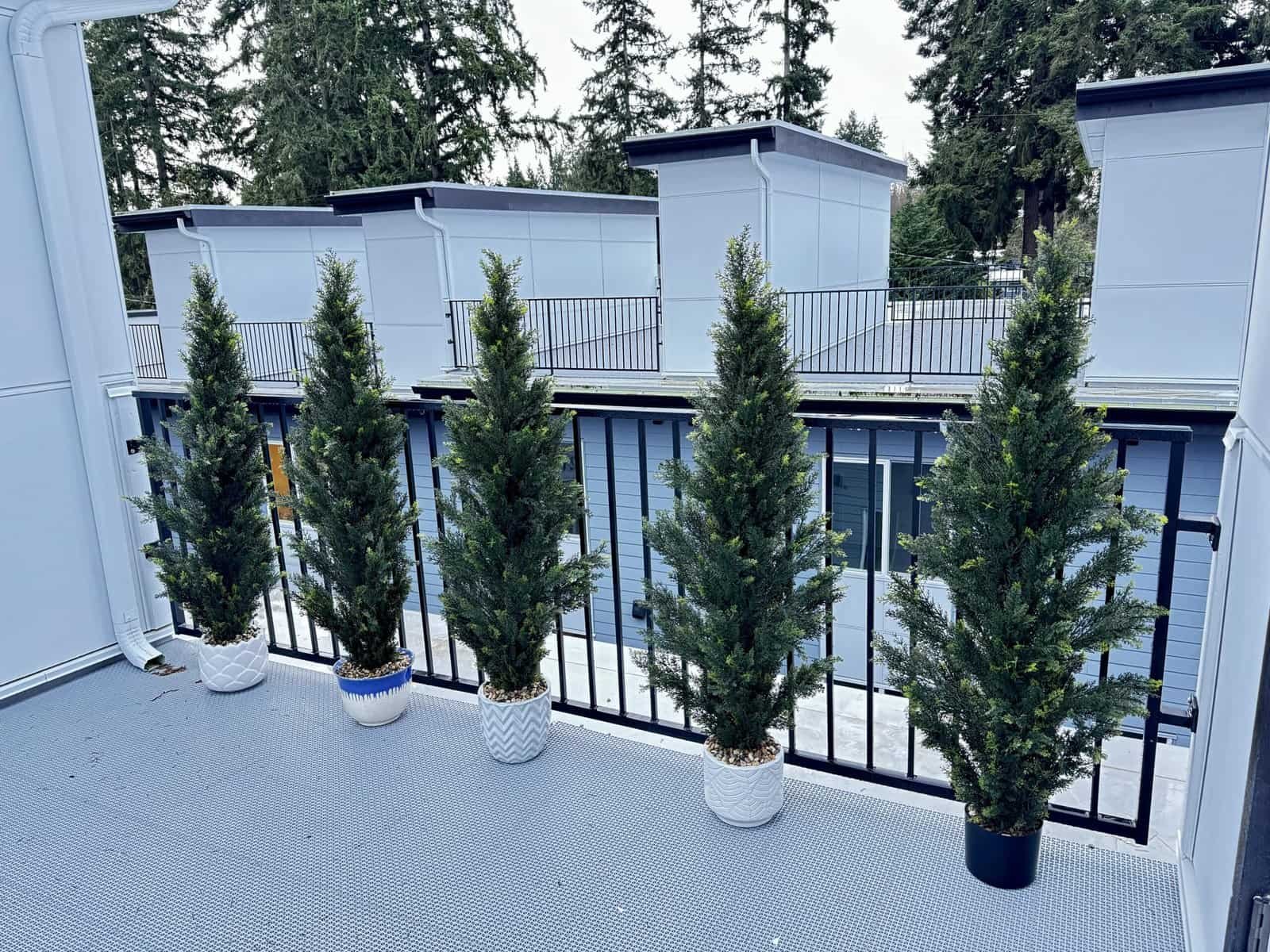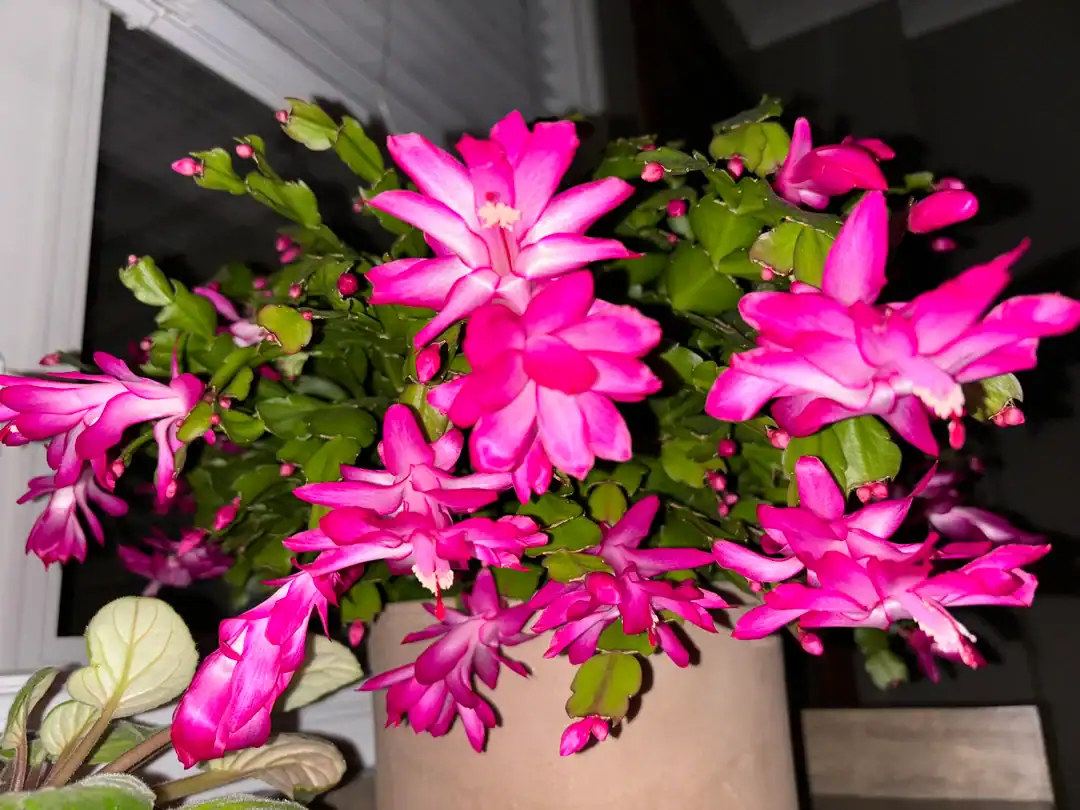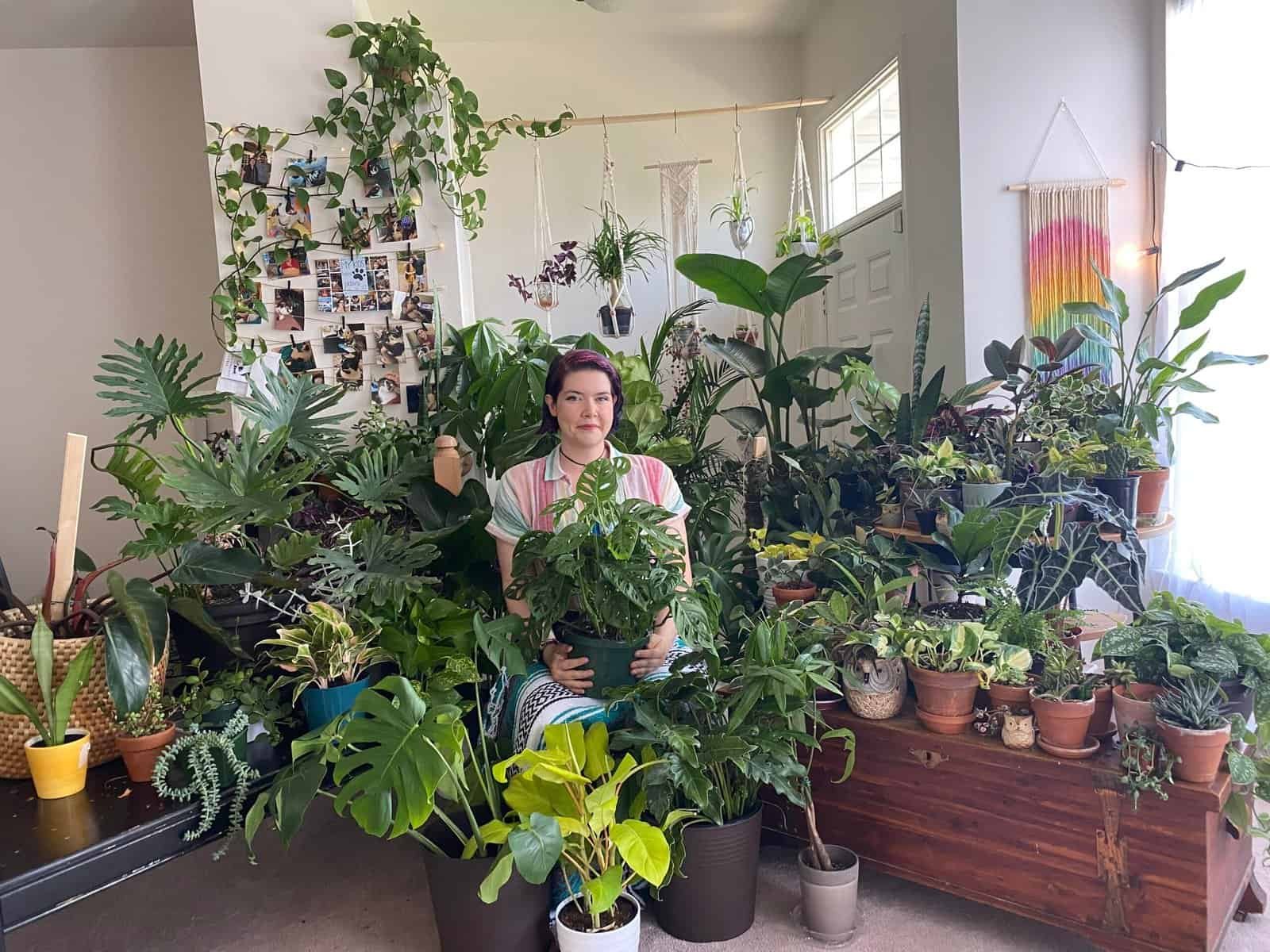Choosing the right plants can be tough. Sometimes, they look perfect but bring trouble later on. Some grow too fast or hurt local plants and wildlife.
Here are 11 plants to avoid and the reasons why they’re not good for your garden.
Keep reading to protect your outdoor space!

Contents
11 plants you should avoid buying at the garden center
Some plants may look pretty, but they can harm your garden or the environment. Watch out for these troublemakers before adding them to your cart!
I avoid invasive plants in my garden. They spread fast and take over other plants, causing ecological disruption. Some harm local biodiversity and damage native flora. Gardening with them causes habitat destruction and more plant management work.
I learned the hard way from a gardener, Amy, who fought an invasive species for ten years! Even garden centers sell these risky options (sounds odd, right?). Choosing nonnative species can cause problems for sustainable gardening goals.
Planting responsibly helps limit environmental impact and protects native gardens.
Chameleon Plant

Chameleon plant, also called honia, spreads like wildfire. Its colorful foliage may look pretty, but it takes over your garden fast. It grows through fragile underground rhizomes that break easily.
Even if you dig them up, tiny pieces left behind sprout again.
This perennial ground cover is hard to control and remove completely. I see it often at garden centers, but buying it leads to regrets later. For a better choice in landscaping or gardening, try coral bells or fox flower families instead! They add beauty without the extra hassle of fighting invasive plants.
Lily of the Valley

Lily of the Valley spreads fast through underground rhizomes. It forms large colonies quickly, making it hard to remove once established. This plant crowds out native flora, harming biodiversity in your garden.
All parts of this plant are highly poisonous and can be dangerous if touched or ingested. Though sold widely, it is listed as invasive in some areas. Instead, I recommend planting snowdrops or white bellflowers that are safer and easier to manage.
Butterfly Bush

Butterfly Bush has beautiful flowers and attracts pollinators like butterflies and bees. But it self-seeds quickly, taking over gardens and open spaces. It crowds out native plants, which hurts biodiversity.
Many states in the U.S., England, and New Zealand list it as invasive.
Some places, like Oregon, have banned its sale to stop ecological harm. There are new seedless types such as “Lo and Behold” or “Flutterby.” These options help control spreading but still need careful management for conservation purposes.
Callery Pear

Callery pear, also called Bradford or Chanticleer, is trouble for the environment. Though sold as “sterile,” these trees cross-pollinate and produce seeds that spread fast. They invade natural spaces, crowding out native plants that help pollinators and wildlife.
Some states made it illegal to grow, sell, or plant this tree because of its harm to biodiversity. I suggest planting better options like serviceberry, eastern redbud, or flowering dogwood instead.
These native plants look great and support ecosystems while avoiding an environmental mess!
Bamboo

Bamboo grows way too fast. Running bamboo spreads with roots that can go 100 feet from the main plant. It gets out of control quickly and is almost impossible to stop once it takes over.
This plant ruins natural habitats and causes harm to local plants. Clumping bamboo is a safer pick since it grows much slower. I prefer tall grasses or trees like juniper or cedar for landscaping instead of this problem-causing plant.
Burning Bush

Burning Bush is a popular shrub with bright red leaves in fall. But it takes over natural areas and pushes out native plants. It spreads fast along the East Coast and Midwest, causing harm to local ecosystems.
Some states like Massachusetts and New Hampshire banned its sale due to these problems.
For better choices, I suggest blueberry bushes or oakleaf hydrangeas. Red twig dogwood is another great alternative that helps native wildlife while adding beauty to your garden. These options won’t hurt biodiversity or disrupt the environment like Burning Bush does.
Barberry

Barberry may look pretty with its red or purple foliage, but it’s trouble for your garden. It spreads fast and becomes an invasive species, especially in eastern North America. Birds eat the seeds and drop them everywhere, leading to thick, hard-to-remove thickets.
This shrub also creates a perfect home for ticks. Studies show more Lyme disease-carrying ticks live in barberry areas. I avoid planting it to keep my yard safer and healthier. Instead, I pick native shrubs like ninebark or weigela that won’t harm biodiversity.
Scotch Broom

Scotch broom looks pretty with its bright yellow flowers, but it causes big problems. It spreads fast and takes over areas. Each plant can make more than 12,000 seeds every year! These seeds let it invade even more spaces and push out native plants.
It also releases toxins into the soil, making it hard for other plants to grow. Wildlife usually avoids places where Scotch broom grows thick. Instead of planting this invasive species, I suggest trying yellow wild indigo or coreopsis for your garden.
These are better for biodiversity and won’t harm the local ecosystem.
English Ivy

English Ivy grows fast and spreads everywhere. It is often used as ground cover and for fancy looks on walls. But it smothers native plants and harms buildings with its climbing roots.
This aggressive growth damages biodiversity in gardens.
It’s very hard to remove once it takes over. The plant spreads through runners and seeds carried by birds, making control even harder. I prefer using climbing hydrangea instead, which is pretty but safer for landscaping needs.
Japanese Honeysuckle

Japanese honeysuckle spreads fast and smothers native plants. Birds eat its berries, spreading the seeds everywhere. In southern and Midwestern states, it’s a constant problem. Yet, in northern states, cold weather slows it down.
This plant harms the ecosystem by suppressing native habitats. Some New England states call it a noxious weed. Kentucky, Tennessee, and South Carolina list it as a severe threat too.
Managing this invasive species is tough because it regrows quickly and takes over spaces meant for other plants.
Mexican Evening Primrose

This plant has pretty pink flowers but spreads too fast. It takes over flowerbeds and lawns quickly. The strong root system helps it regrow even if you try to remove it. Its seeds scatter easily, making control harder.
I prefer safer options like dianthus or creeping phlox for ground cover. These flowering plants add beauty without causing trouble in the garden. Management becomes easier with these native alternatives!
Ending
I always try to think about ecosystem health before I plant anything. Some plants seem harmless but can hurt biodiversity and local wildlife. For example, Japanese barberry attracts ticks, which makes Lyme disease more likely.
States like Massachusetts have even banned burning bush because of its invasive nature.
Sustainable gardening matters for pest control and protecting native plants too. Callery pears are illegal to sell in some areas due to their negative environmental impact. Choosing non-invasive species helps keep landscapes balanced and healthy.
It also supports better landscape management over time!





